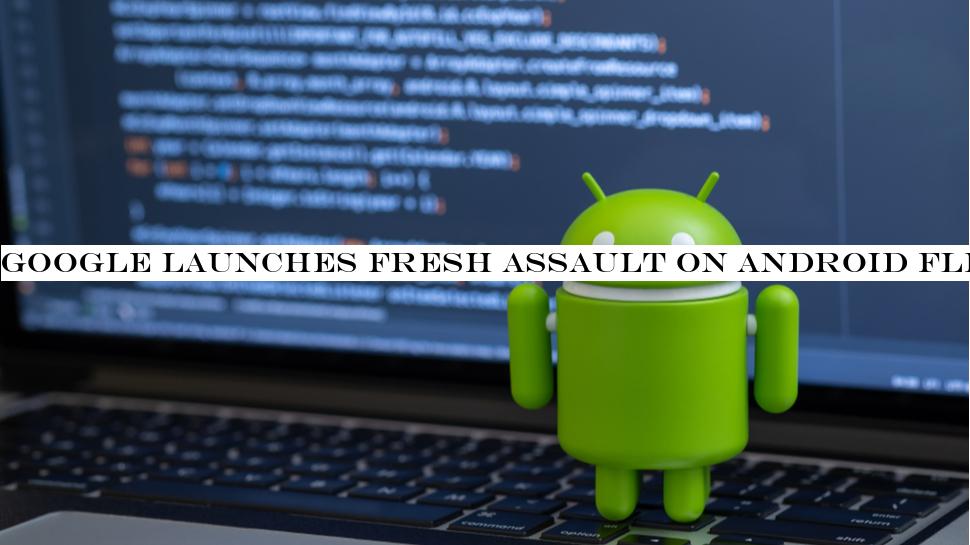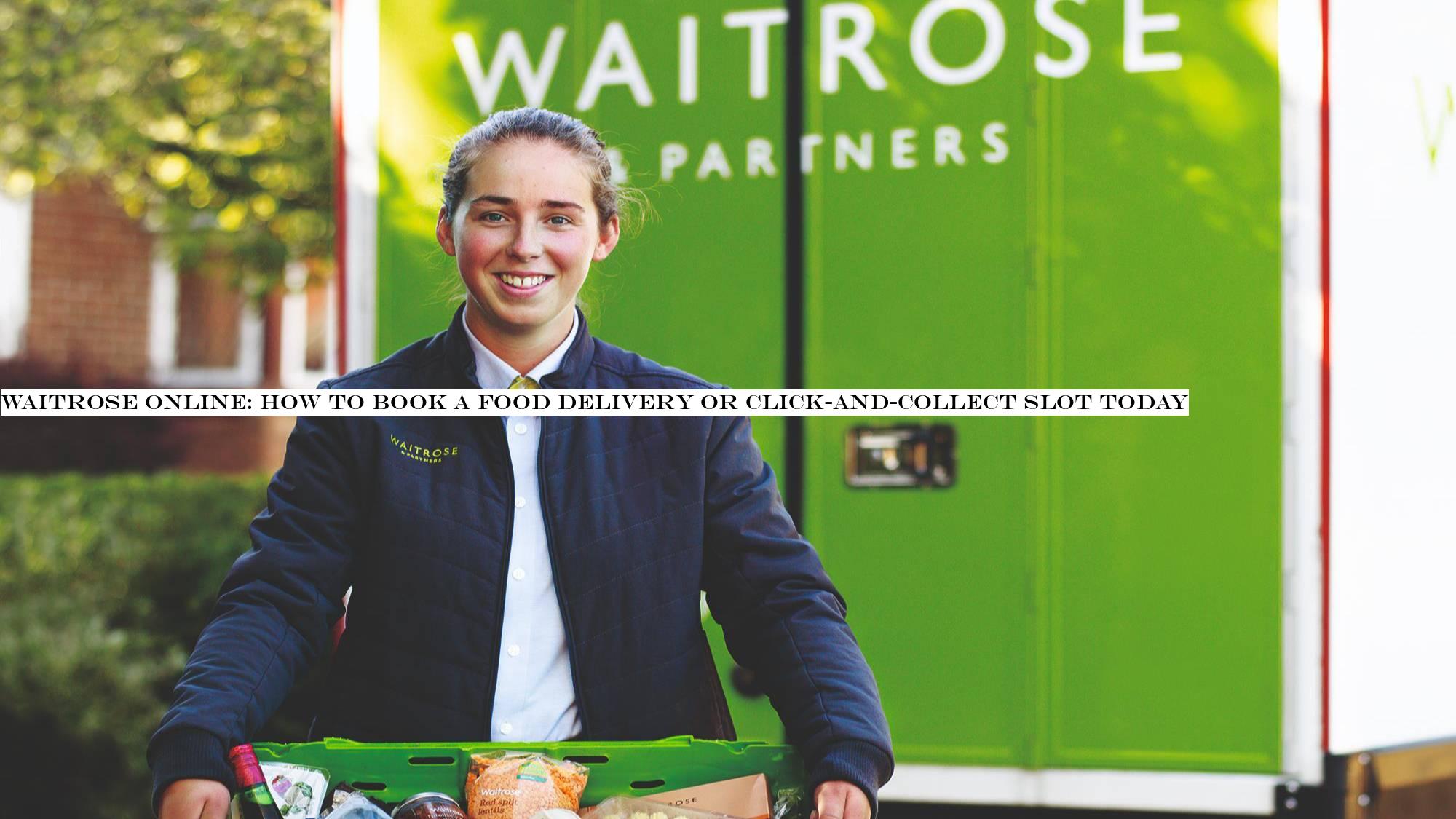The iPhone SE 2020 is Apple's brand new cheap iPhone, starting at just $399 / £419 / AU$749 / Rs 42,500, yet it still offers the specs, camera and screen size of something that's been much more expensive before today.
The new iPhone SE isn't called the iPhone 9, as some had expected, as the company has decided to the SE moniker first used in 2016

 14
14











